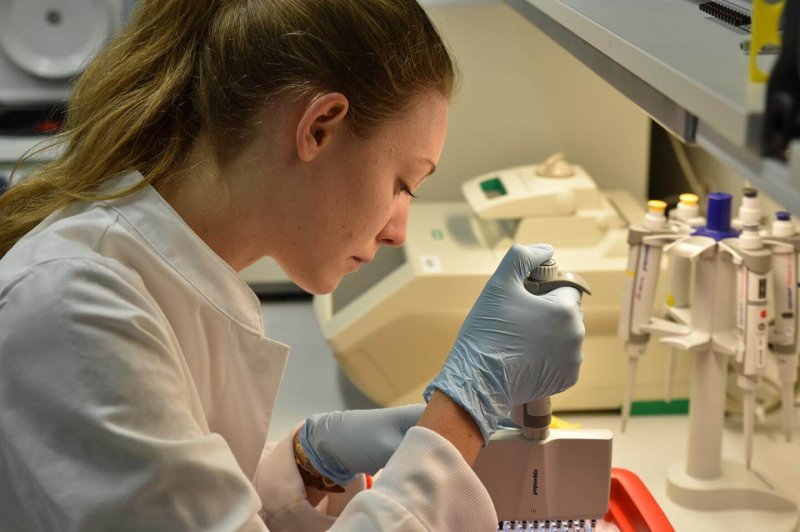There are roughly 37 trillion cells in the human body, and each keeps us alive in some small way. There are cells that ward off disease, cells that absorb nutrients from our lunch, and cells that keep our hearts pumping and brains humming.
Yet in studying cells, scientists generally take thousands to millions of cells and mash them up. That’s a great way to study average cell behavior. But it stands to miss a lot.
Today, new technologies allow scientists to capture the nuance that’s lost in bulk populations. Using single-cell DNA sequencing, studying gene activation in individual cells or simply peering through the microscope, they are making startling new observations about what cells are doing.































